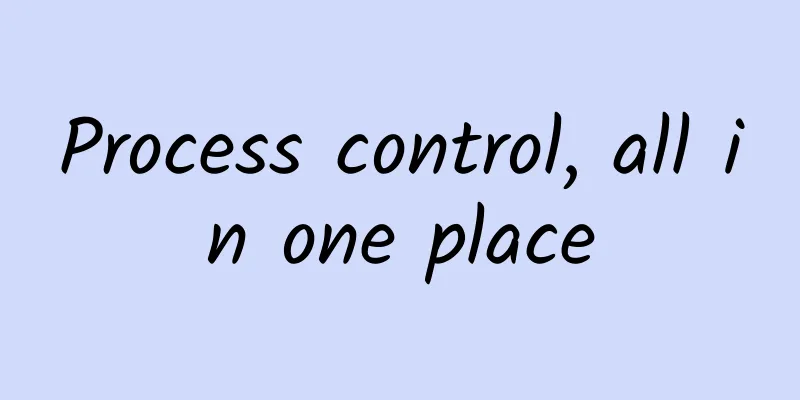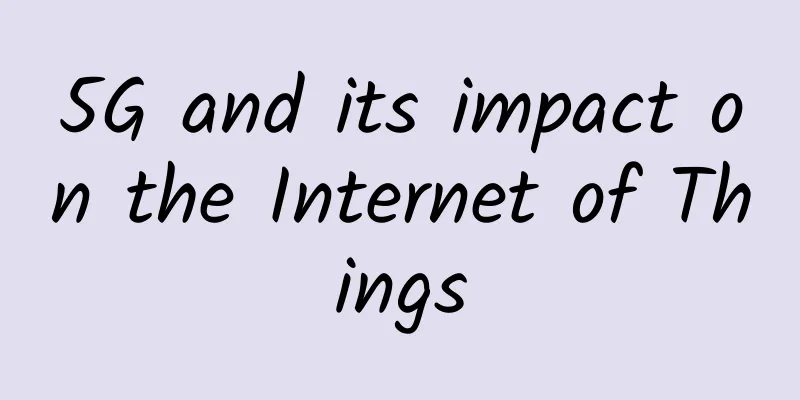Process control, all in one place

|
Watching the Olympics recently has gotten my blood boiling. The Chinese Olympic athletes are simply amazing, not only in their performance, but also in their temperament, spirit, and energy. They are great in all aspects. What moved me the most in this Olympics was seeing some older athletes achieve great results: Lü Xiaojun was 37, Ma Long was 32, Su Bingtian was 32, and Gong Lijiao won her first Olympic gold medal at the age of 32. Even athletes who are so limited by age can constantly break through themselves, let alone us? Are we still worried online every day that programmers will be optimized at the age of 35? So don’t use age as an excuse for yourself. Don’t think that you can’t do this or that because you’re too old. Just do it. if-elseFeatures:
switchFeatures:
forFeatures:
goto, break, continueFeatures of goto:
break Features:
continue Features:
SummarizeThis article mainly introduces process control statements, namely conditional statements, selection statements, loop statements and jump statements.
In addition, there are break and continue, which can be used with loop statements and jump statements. Jump statements are very useful in some scenarios, but they can easily cause some inexplicable problems, so use them with caution. The mind map and source code in the article have been uploaded to GitHub, and students in need can download them by themselves. Address: https://github.com/yongxinz/gopher/tree/main/sc This article is reprinted from the WeChat public account "AlwaysBeta", which can be followed through the following QR code. To reprint this article, please contact the AlwaysBeta public account. |
>>: 5G is here, and so is mainstream adoption for industrial IoT startups
Recommend
Analysis of the advantages and disadvantages of the six categories of wireless connection technologies for the Internet of Things
IoT applications have penetrated into our lives, ...
Denodo announces product launch in China through AWS Marketplace
Beijing, June 8, 2021 - Denodo, a leader in data ...
RepriseHosting: 30% off Seattle servers, L5640/16GB/1TB/10TB starting at $27/month
The tribe has shared information about RepriseHos...
The Tonghu Science City project started construction to create a "super cloud store terminal data" industrial ecosystem and effectively promote the upgrading of Huizhou's information industry
City leaders Chen Yiwei, Mai Jiaoming, Huang Yanx...
2017 Huawei Ecosystem Partner Conference: Broadband and Narrowband Integration, Wireless IoT
[51CTO.com original article] The Internet of Thin...
What is optical network?
Optical networking is a technology that uses ligh...
5G messaging may be officially commercialized this year
[[381618]] Although personal text messaging has b...
5G will be the world's most intelligent and interconnected cloud computing
We will enter the 5G era around 2020. 5G will hav...
4G is a knife, and 5G is a Swiss Army knife?
[[189173]] If the 4G network is a knife that can ...
Ten common mistakes in network cabling
Network integrated wiring is a very tedious job. ...
Operators have confirmed: The first generation of 5G mobile phones can only use 4G networks
Recently, the inability of NSA 5G phones to conti...
What is a Layer 3 switch and how does it work?
Before delving into the details of layer 3 switch...
5G concept is being hyped, operators should not be too greedy
[[263546]] 5G has received great attention since ...
6G is not just a gimmick, 5G still has problems
Faced with the huge demand of nearly 800 million ...









